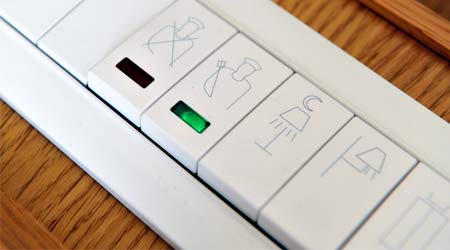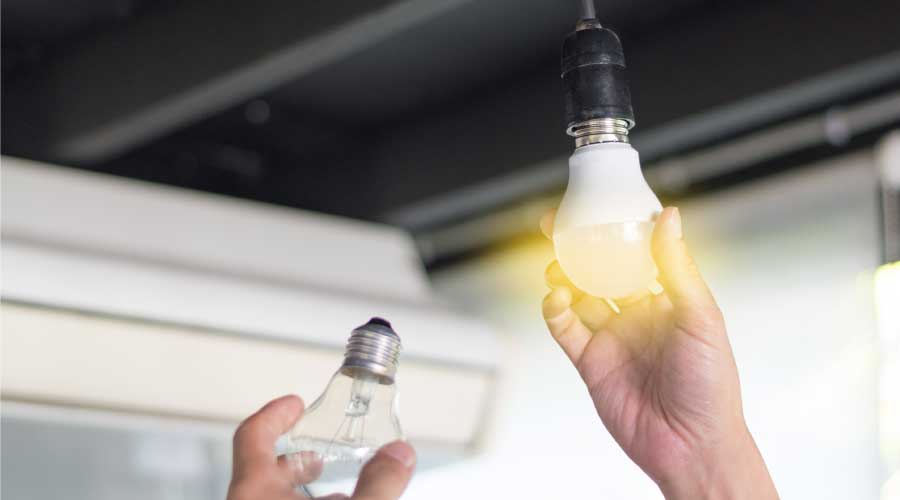Retrocommissioning Starts With Basic Review of Lighting Control System
Part 2 of a five-part article on lighting controls
Basic retrocommissioning starts with a review of the installed lighting control system to ensure replacement parts are available, ease of adjustment and an understanding of its features. The retrocommissioning agent conducts functional testing on a designated portion of the controls to determine if the control system is producing good value for the organization.
Based on the number of deficiencies discovered, the agent might need to expand the sample. The agent then can re-aim, reprogram, recalibrate or reconnect the controls as needed to ensure optimal operation related to energy savings, site conditions and user preferences.
The latest version of ASHRAE/IES 90.1 contains detailed requirements for commissioning that managers and agents can apply as general guidelines to existing installations. The standard requires that lighting control devices — specifically, occupancy sensors, time switches, time-scheduling controls, and photosensors — are tested to ensure hardware and software are calibrated, adjusted, programmed and operating in accordance with construction documents and manufacturer instructions.
To get a better sense of the process, consider this example. For occupancy sensors, 90.1 minimally requires that functional testing be conducted to verify that:
• �the sensor is placed and oriented according to manufacturer recommendations
• the sensor status indicator is working properly
• �lighting turned off is reduced to the designated level within the required time when the space becomes unoccupied
• �for auto-on sensors, the lights turn on to the required level when the space becomes occupied and for manual-on sensors, the lights turn on only when activated by the correct manual switch
• �the lights do not activate improperly because of movement in nearby spaces or HVAC operations.
If the project has up to seven occupancy sensors, the agent must test them all. If the project has seven or more sensors, testing must occur for a sampling based on each unique combination of sensor type and space geometry.
Related Topics:
















